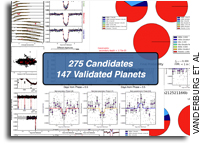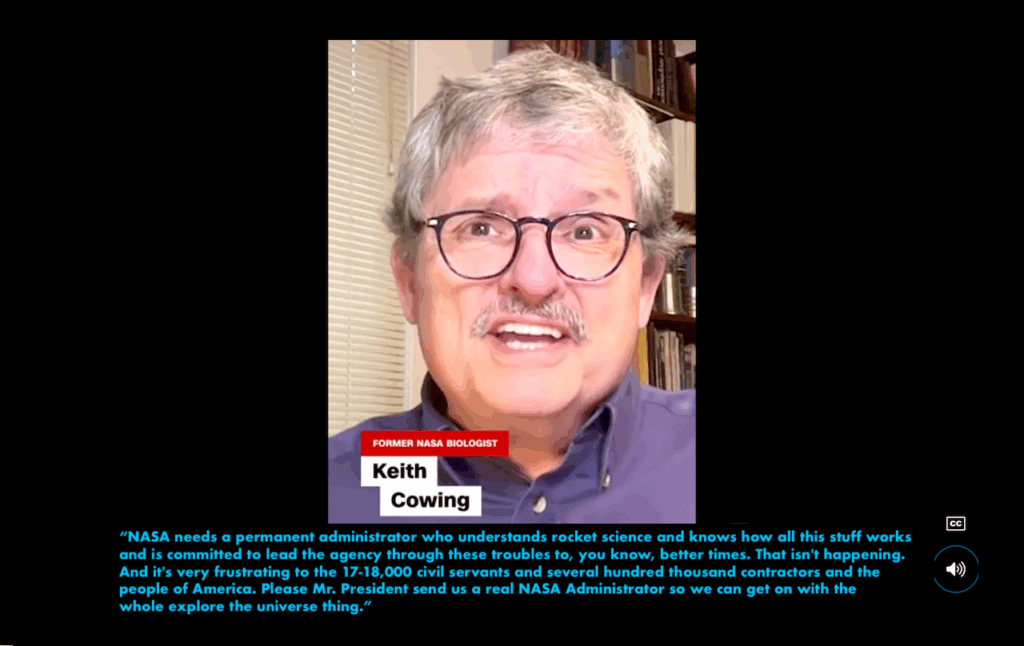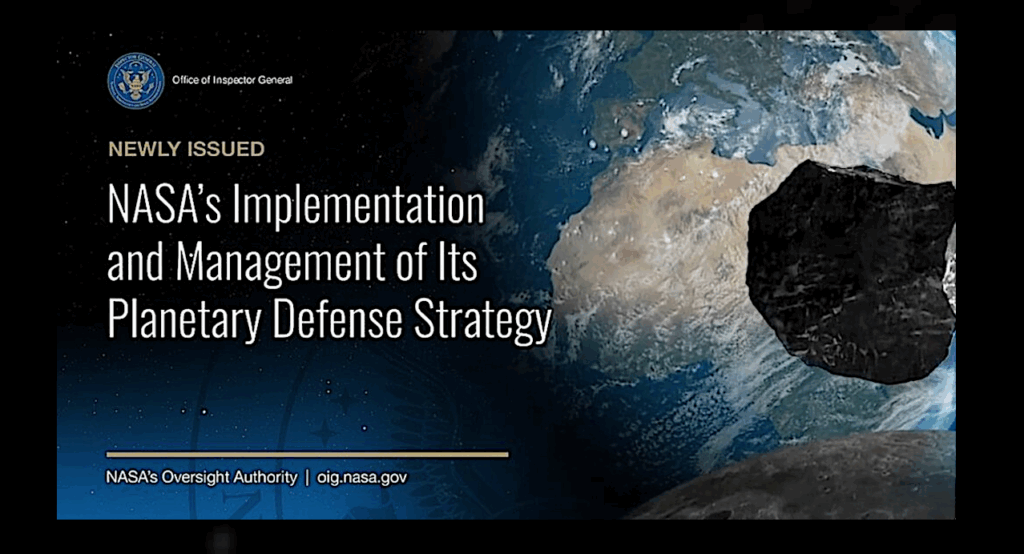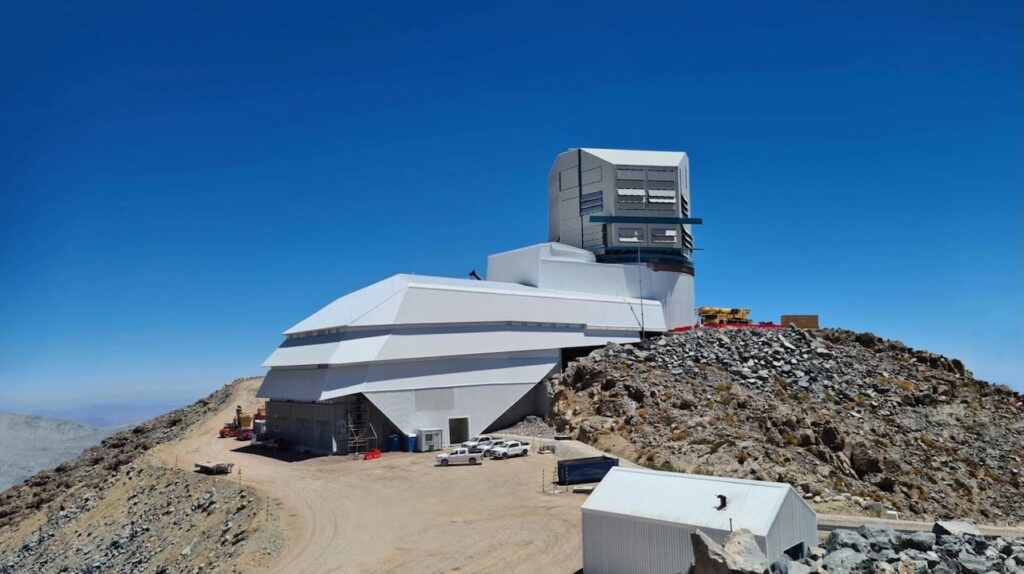Artificial Intelligence is Now Helping Kepler Find Planets

Artificial Intelligence Used to Discover Eighth Planet Circling Distant Star
“The discovery came about after researchers Christopher Shallue and Andrew Vanderburg and trained a computer to learn how to identify exoplanets in the light readings recorded by Kepler – the miniscule change in brightness captured when a planet passed in front of, or transited, a star. Inspired by the way neurons connect in the human brain, this artificial “neural network” sifted through Kepler data and found weak transit signals from a previously-missed eighth planet orbiting Kepler-90, in the constellation Draco.”
 Media Telecon Dec. 14th to Announce Latest Kepler Discovery
Media Telecon Dec. 14th to Announce Latest Kepler Discovery
“NASA will host a media teleconference at 1 p.m. EST (18:00 UTC) Thursday, Dec. 14, to announce the latest discovery made by its planet-hunting Kepler space telescope. The discovery was made by researchers using machine learning from Google. Machine learning is an approach to artificial intelligence, and demonstrates new ways of analyzing Kepler data.”
Briefing participants:
* Paul Hertz, Astrophysics Division director at NASA Headquarters in Washington
* Christopher Shallue, senior software engineer at Google AI in Mountain View, California
* Andrew Vanderburg, astronomer and NASA Sagan Postdoctoral Fellow at The University of Texas, Austin
* Jessie Dotson, Kepler project scientist at NASA’s Ames Research Center in California’s Silicon Valley
 Keith’s 13 Dec note: This is at the heart of what Christopher Shallue at Google Brain and Andrew Vanderburg at UT Austin have been working on:
Keith’s 13 Dec note: This is at the heart of what Christopher Shallue at Google Brain and Andrew Vanderburg at UT Austin have been working on:
– Towards Better Planet Occurrence Rates from Kepler and K2. Andrew Vanderburg. NASA Sagan Fellow The University of Texas at Austin, Sagan/Michelson Fellows Symposium November 9, 2017, PDF
– (Larger image above)
“Kepler is incomplete and unreliable for Earth-sized planets in Earth-like orbits.
Our Approach
1. Increase sensitivity (and therefore completeness) by allowing weaker signals to be considered as planet candidates, at the cost of a higher false positive rate.
2. Use deep learning to more effectively distinguish real signals from false alarms and false positives, keeping reliability high.”
Related papers
– Planetary Candidates Observed by Kepler. VIII. A Fully Automated Catalog With Measured Completeness and Reliability Based on Data Release 25
– Zodiacal Exoplanets in Time (ZEIT) V: A Uniform Search for Transiting Planets in Young Clusters Observed by K2









Inevitable, really, given the amount of data generated by Big Science; the super collider similarly uses AI help.
Here’s what’s worrying: AI inevitably leads back to assumptions, while scientific breakthroughs often depend on unearthing unknown unknowns.
We’ve discussed that latter body of fact here before in the context of assessing the odds a rocket will crash. Same thing.
The problem of assumptions and machine-based data analysis has been going on for some time. I first heard about it in the late 1990s when the FAST mission was returning so much data (hundreds of gigabytes per year, which is nothing by today’s standards) that the scientists involved couldn’t look at it all.
After discovering a particular electric field signature over the aurora (the sort of thing which couldn’t be seen without high time resolution, which was the point of the mission) they wrote some software to go through all the data and identify all of these events. At a conference, one person I know made a big point about how all the signatures they had found were perfectly symmetric. Then he had to back up, when he remembered that symmetry was part of the criteria they had programmed into the search routine. Everything the computer found was symmetric by definition.
Unfortunately humans also rely on assumptions. At least with AI the starting point is codified and the optimization process is repeatable and can ultimately be optimized. My daughter is applying for jobs in computational analysis for high energy physics; most nowadays seem to require experience in AI.
Computers have long helped with planetary science. Just means that even smarter computers are helping.